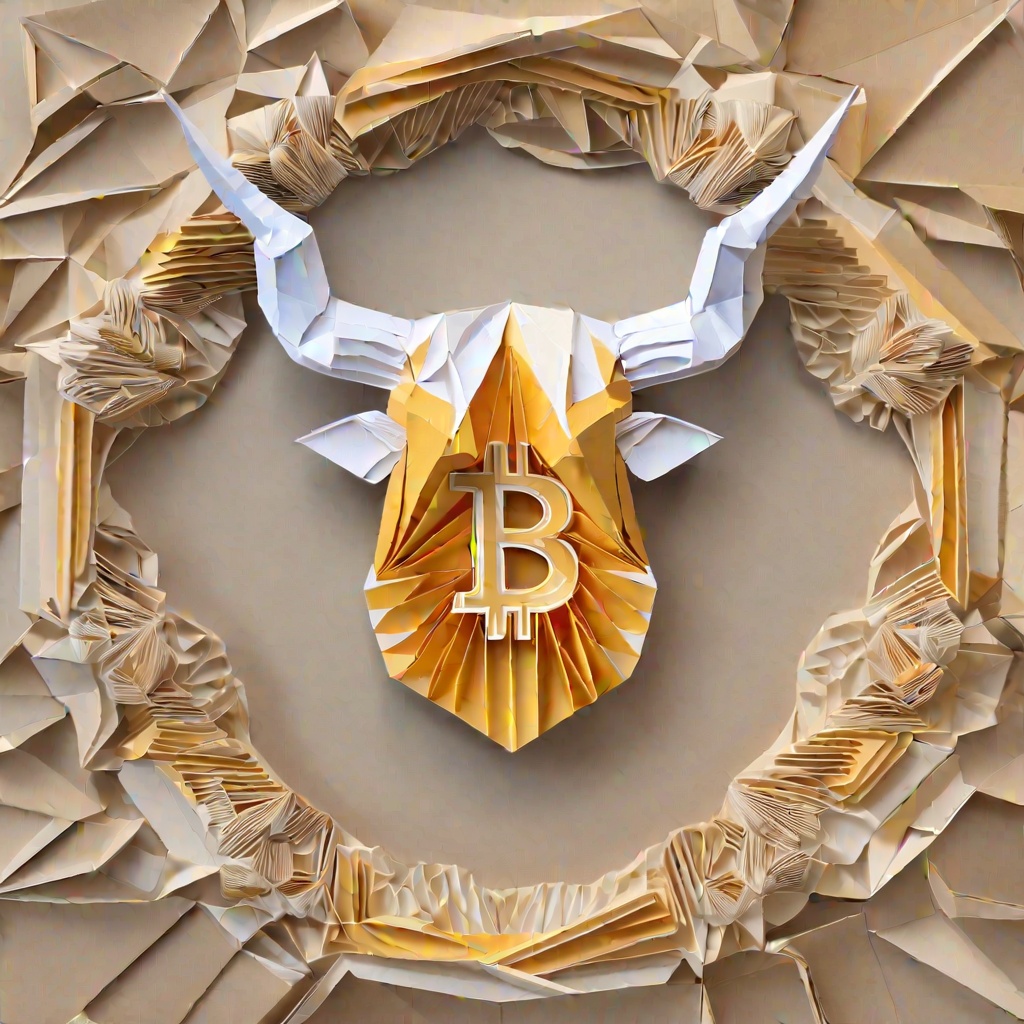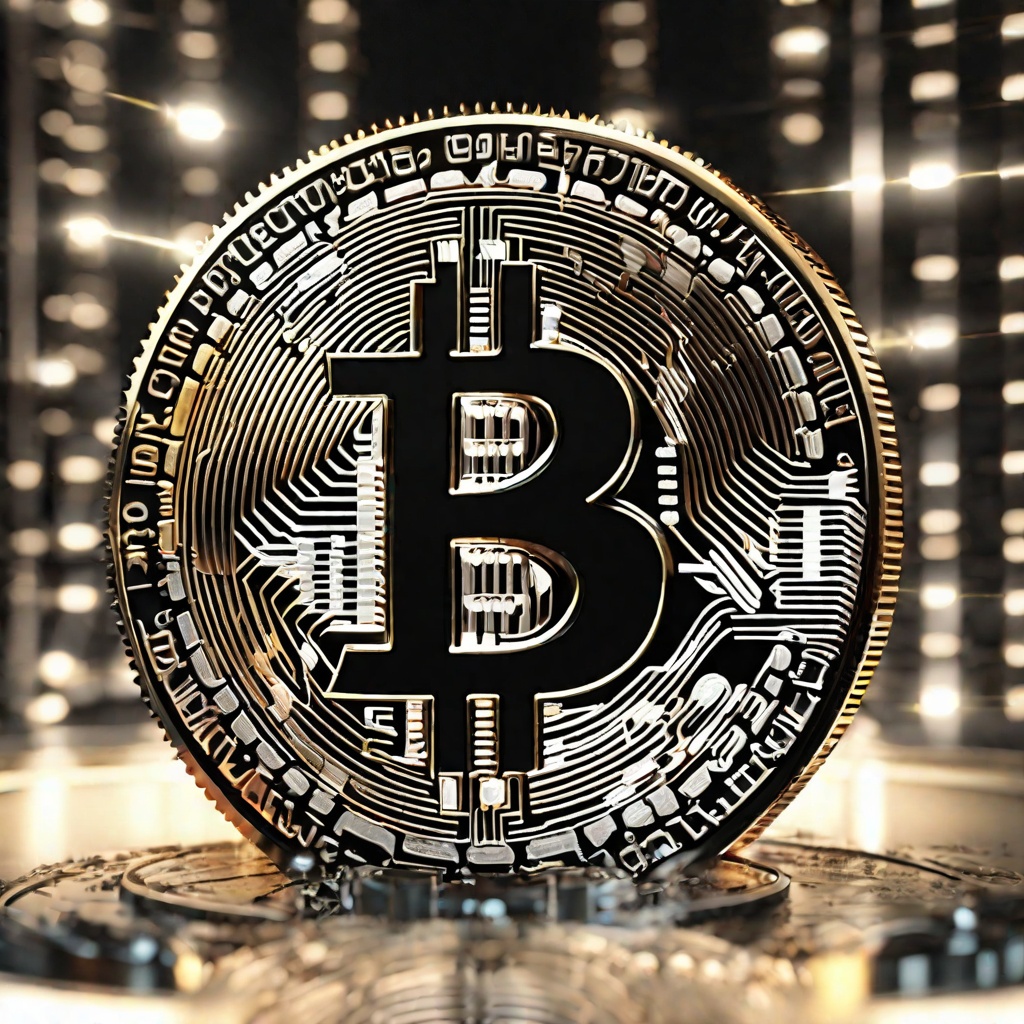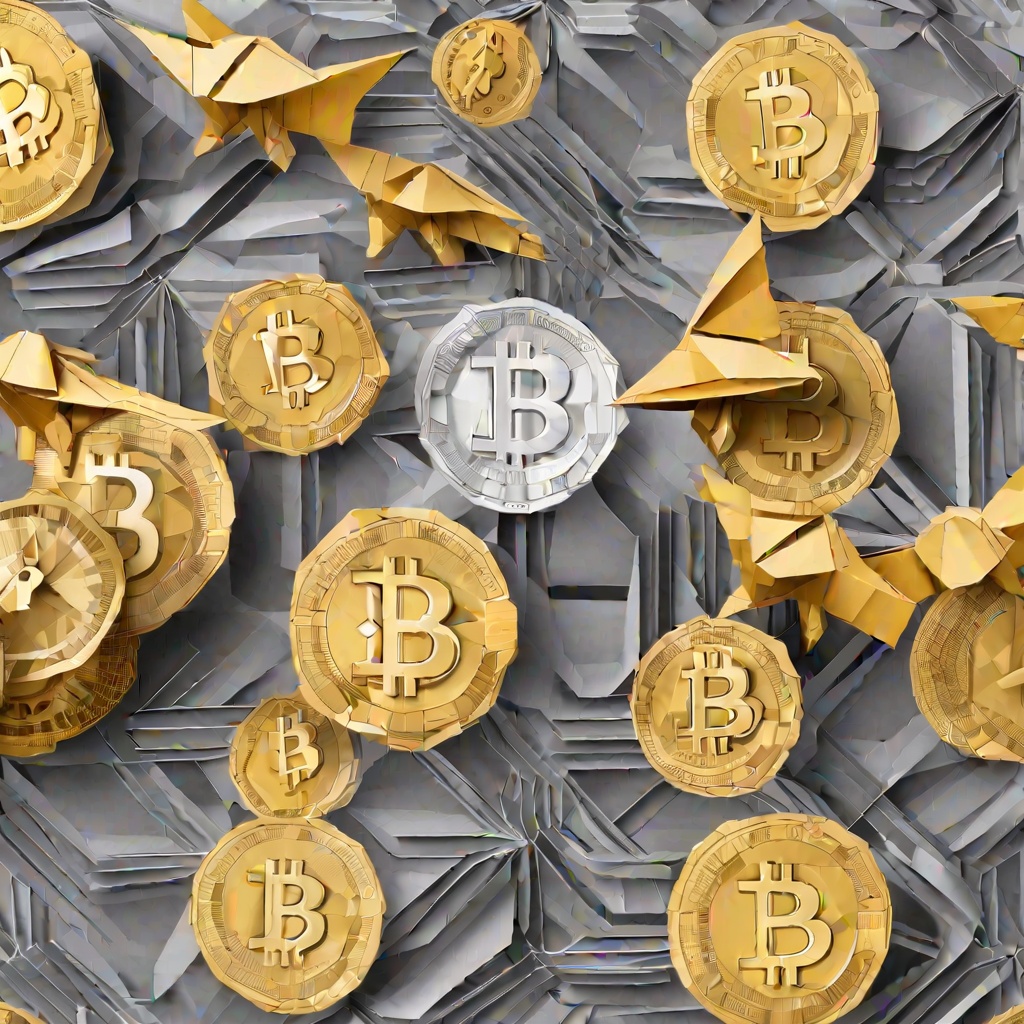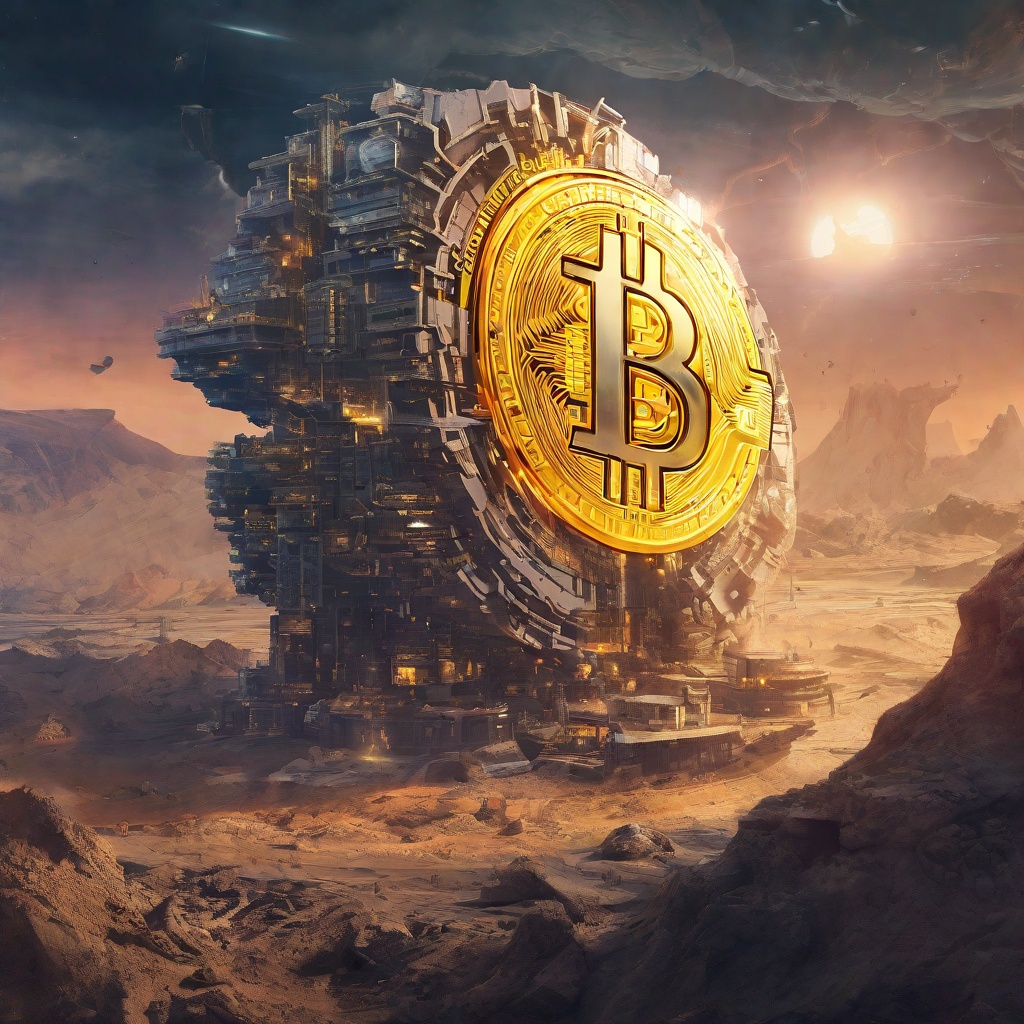What is the difference between jitō and shugo?
Could you please elaborate on the key distinctions between jitō and shugo? I'm particularly interested in understanding their historical backgrounds, roles, and how they differ in terms of authority and influence. Additionally, how did these two systems impact the political and economic landscape of Japan during their respective periods? I'm eager to gain a deeper understanding of their significance and the nuances that separate them.

What is the difference between jitō and daimyo?
Could you kindly elaborate on the distinction between jitō and daimyo? I'm particularly interested in understanding the historical roles and responsibilities assigned to each, as well as any significant differences in their power and influence within feudal Japanese society. Could you also explain how these two titles might have interacted with each other during this period? It seems like a fascinating aspect of Japanese history, and I'm eager to learn more about it. Thank you for your assistance in clarifying this matter.

What is the difference between airdrop and token?
Could you please elaborate on the distinction between airdrop and token in the realm of cryptocurrency? I'm curious to understand how these two concepts differ in terms of their functionality, purpose, and the mechanisms behind their distribution. Also, could you provide examples or scenarios where an airdrop might be used, and how tokens generally operate within the crypto ecosystem? I'm interested in gaining a deeper understanding of these concepts to better navigate the world of digital assets.

What is the difference between THORSwap and Uniswap?
Could you please explain to me the fundamental distinctions between THORSwap and Uniswap? I'm particularly interested in their architectural differences, token swaps, and the fees associated with transactions. How do they vary in terms of user experience, scalability, and security measures? Also, which one do you consider more suitable for decentralized finance applications and why? I'm trying to get a clear understanding of these two platforms and their relative advantages.

What is the difference between Fantom and Solana?
Could you please elaborate on the key distinctions between Fantom and Solana? I'm curious to know how their underlying technologies, scalability, and use cases differ. Additionally, I'd like to understand their respective approaches to security and the overall efficiency of their networks. Could you provide a comparative analysis that highlights these points?

